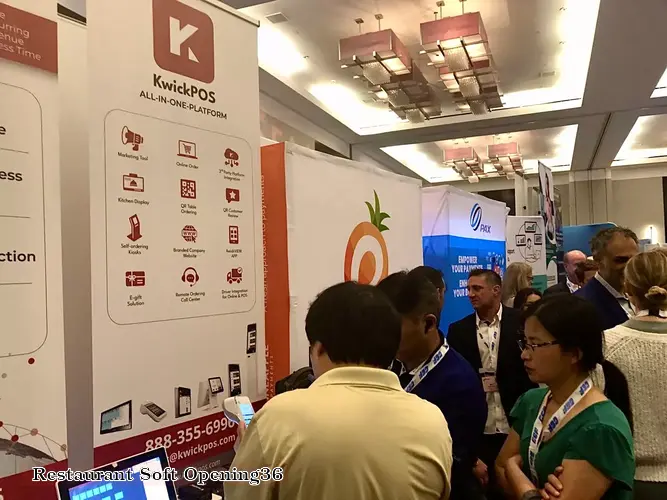

Introduction
A restaurant soft opening is a crucial phase in the life cycle of a new establishment. It provides an opportunity to test operations, gather feedback, and make necessary adjustments before the grand opening. Understanding the concept and execution of a soft opening is essential for restaurant owners and managers.
What is a Soft Opening?
A soft opening is a limited-time period when a restaurant operates with a reduced menu, limited hours, and a select group of invited guests. It allows the restaurant to:
Benefits of a Soft Opening
Planning a Soft Opening
During the Soft Opening
After the Soft Opening
Conclusion
A restaurant soft opening is an invaluable tool for ensuring a successful grand opening. By testing operations, gathering feedback, and making necessary adjustments, restaurants can optimize their menu, service, and overall experience. By understanding the concept and execution of a soft opening, restaurant owners and managers can set their establishment up for long-term success.
DISCLAIMER: This information is provided for general informational purposes only, and publication does not constitute an endorsement. Kwick365 does not warrant the accuracy or completeness of any information, text, graphics, links, or other items contained within this content. Kwick365 does not guarantee you will achieve any specific results if you follow any advice herein. It may be advisable for you to consult with a professional such as a lawyer, accountant, or business advisor for advice specific to your situation.
today
Copyright © 2025 Kwick365.com
Designed by KwickPOS is the best restaurant POS